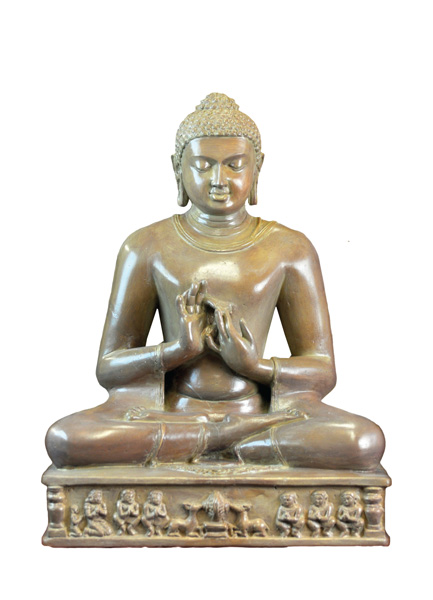Chapter in the rethinking satipaṭṭhāna series
What follows is an account of the jhānas and the fulfillment of the functions attributed to them in the early texts. Strangely, in spite of the clarity of the early texts, this endeavor is likely to meet with controversy, for many will insist that jhānas are difficult or almost impossible to attain, others that they are well within reach of the average meditator. Some will insist that they are necessary for awakening, or even the lone basis of awakening, others that they are dispensable. Some will insist they constitute a practice on their own, others that they integrate with other practices (notably satipaṭṭhāna contemplation).
Such views certainly reflect at least in part the range of meditation practices available in the Buddhist world and our tendency to seek authority for that method with which we began or with which we became most intimate (in my case it was shikantaza in Japanese Soto Zen, for many readers it will be one of the vipassanā schools based on the 5th century Visuddhimagga). But even if we adopt only the early Buddhist texts as authoritative (as I do here) controversy lingers.
The account I offer here will start with three basic premises concerning the teaching of the early texts:
(1) Buddhism is a practice tradition, the Dhamma provides a framework for training in practice and the arahant is a type of Buddhist virtuoso.
(2) The nature, uses and functions of jhāna are described in a highly consistently and detailed manner in terms of lived practice experience in the earliest texts. An account of the jhānas must be similarly consistent with how they are so depicted.
(3) The jhānas arise in human cognition. An account of the jhānas must be consistent with the mechanics of human cognition.
MORE …

Leave a Reply